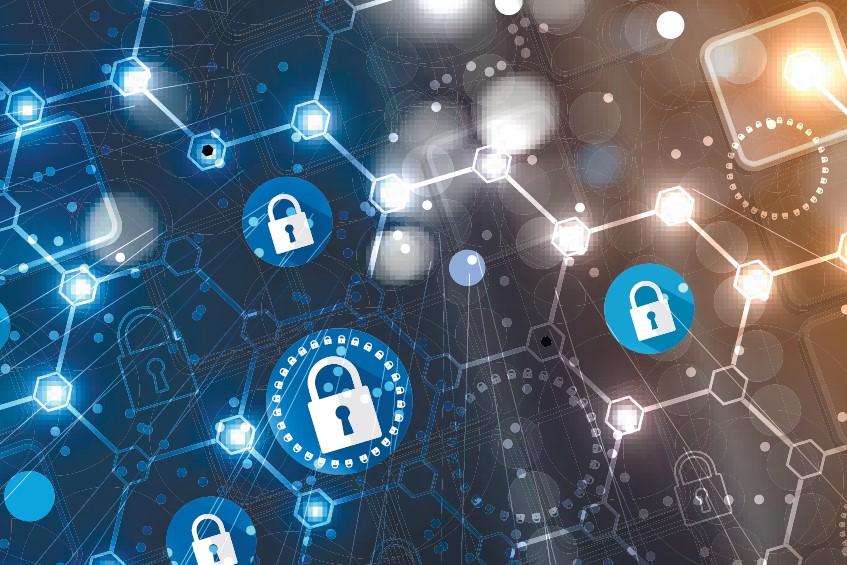Top Strategies for Cybersecurity in Educational Institutions: Protecting Data & Preventing Attacks
In today’s digitized academic habitat, cybersecurity in educational institutions has become more critical than ever. Schools, colleges, and universities are increasingly targets for cybercriminals due to the vast amounts of sensitive student and staff data they manage. From online classrooms to cloud-based student management systems, digital change brings tremendous benefits—however, it also introduces new vulnerabilities. in this article, we’ll explore effective strategies for boosting cybersecurity, protecting data, and preventing cyber attacks in educational settings.
why are Educational institutions Prime Targets for Cyber Attacks?
- Large Data Repositories: Schools store detailed records of students, staff, and parents, making them attractive to hackers.
- Legacy Systems: Many institutions still rely on outdated IT infrastructures that are often inadequately secured.
- Limited IT Budgets: Educational organizations may lack financial resources for advanced security solutions.
- Open Networks: School networks need to be accessible, creating more entry points for potential attackers.
- User Diversity: With students,educators,and administrators accessing networks from various devices,maintaining security is a persistent challenge.
Top Cybersecurity Challenges for Schools & Universities
- Phishing and Social Engineering Attacks
- Ransomware and Malware Infections
- Data Breaches and Unauthorized Access
- Weak Passwords and Authentication Methods
- Inadequate Staff and Student Training
- Unsecured Wi-Fi Networks
- Shadow IT (Unsanctioned Applications and Devices)
Proven Strategies to Enhance Cybersecurity in Educational Institutions
1. Implement Strong Access Controls
- Adopt multi-factor authentication (MFA) for all users to reduce the risk of unauthorized access.
- Establish clear user roles and permissions; provide access only to necessary resources.
- Regularly update and audit user accounts, especially when staff or students leave.
2. Prioritize Thorough Security Awareness Training
- Conduct regular cybersecurity training for staff, faculty, and students to recognize phishing attempts, scams, and other threats.
- Include real-world simulations and practical scenarios for heightened awareness.
- Encourage a security-first culture were users report suspicious activities without fear.
3.Regularly Update and Patch Systems
- Maintain up-to-date software, operating systems, and applications to minimize vulnerabilities.
- Automate patch management where possible.
- Monitor for newly discovered threats and respond promptly.
4.Secure Wi-Fi Networks and Remote Learning Platforms
- Use WPA3 encryption for Wi-Fi; regularly change Wi-Fi passwords.
- Segregate networks for students, faculty, and visitors.
- Ensure remote learning platforms have robust security controls and regular audits.
5. Backup Data Regularly and Test Disaster Recovery Plans
- Automate frequent data backups across all critical systems.
- Store backups in secure, offsite locations preferably using encrypted solutions.
- Routinely test recovery and incident response plans to ensure operational readiness.
6. monitor Networks and Systems Proactively
- Deploy intrusion detection and prevention systems (IDS/IPS) to identify threat patterns.
- Utilize security facts and event management (SIEM) tools for real-time monitoring.
- Perform regular vulnerability assessments and penetration testing.
Practical Tips for Teachers, Students, and IT Teams
- Use strong, unique passwords for different accounts and never share login credentials.
- Beware of suspicious emails or links—when in doubt, consult IT support before clicking.
- Lock devices when unattended, even for short breaks; enable device encryption where possible.
- Install only authorized applications on school devices, and avoid downloading attachments from unknown sources.
- Update devices regularly to patch vulnerabilities swiftly.
Benefits of a Robust Cybersecurity Posture in Education
- Protects sensitive student and staff data from unwanted exposure and identity theft.
- maintains trust with parents, students, and the wider community.
- Ensures uninterrupted academic operations by minimizing downtime due to cyber incidents.
- Helps meet legal and regulatory compliance (such as FERPA,GDPR).
- Enables safe adoption of new technologies to enhance teaching and learning experiences.
real-World Case Study: The Importance of Proactive Cybersecurity
In 2022, a large university in the United States suffered a notable ransomware attack that disrupted operations for weeks and exposed personal data. Inquiry revealed lessons applicable to all educational institutions:
- staff were unprepared for phishing attacks and lacked regular security training.
- Critical system patches were delayed, providing easy entry for attackers.
- Network segmentation and encrypted backups were not fully implemented.
Following the incident, the university invested in staff training, robust backup solutions, and real-time network monitoring—actions that have since prevented further breaches. This underscores why proactive cybersecurity strategies are so significant in education.
First-Hand Experience: Insights from an IT Administrator
“Working as an IT administrator in a public school district, I’ve seen attacks ranging from phishing scams to targeted ransomware. The most effective defense has been regular, hands-on cybersecurity training. even simple awareness can prevent surprising numbers of incidents. It’s not just about technology—it’s about cultivating a cautious and informed community.”
— Maria S.,IT Director,Texas
Conclusion
Cybersecurity in educational institutions is a non-negotiable priority in the digital era. As cyber threats grow in scale and sophistication, schools, colleges, and universities must adopt a multi-layered approach—implementing technical measures, ongoing staff and student education, and proactive policies. By embracing best cybersecurity practices, educational institutions can safeguard sensitive data, minimize disruptions, and build a trusted learning environment for all.
Start implementing these strategies today to ensure your institution’s digital safety and resilience against tomorrow’s cyber threats.

